The Office of Public Education in Vicenza organized a didactic field trip to the site for local Italian high school and included a group of students from my school. The group of over 200 students descended upon the site for a guided tour of the dam, a hike to the landslide area, a walk through the remains of the destroyed village of Erto, and a visit to the memorial site at Fortogna. Students also had the opportunity to engage in conversations with survivors.
The dam project was initially conceived in 1950 by the private company Società Adriatica di Elettricità (SADE), during a period of great need for electricity in the area. Completed in 1959, the double-arched Vajont Dam was considered the tallest dam in the world at 260 meters. While the dam proved to be quite stable, the earth around the dam was not. During the its construction, and especially once the dam was completed and the reservoir filled with the waters of Vajont River, evidence of shifts in the earth in the surrounding mountains surfaced. Unfortunately, much of this information was kept secret, and many efforts by a few who did attempt to speak out about the problems were ignored. In early 1963 the dam was sold to the government entity of ENEL and in that same year the tragic landslide and ensuing tidal wave occurred, destroying several valley villages, including Longarone. Today, the dam remains intact but is no longer functioning as a dam but as a reminder of the tragedy.
The reason for organizing the visit to the dam was clear: to impress upon the youth of today the dangers of ignoring the rules and regulations and to stress the importance for mankind to make responsible decisions toward mother nature.
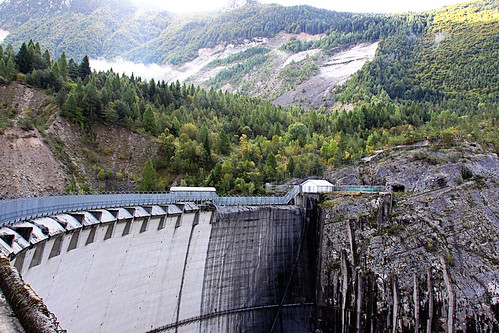 |
Evidence of the landslide still remains on the side of Mont Toc in the background of the Vajont Dam. |
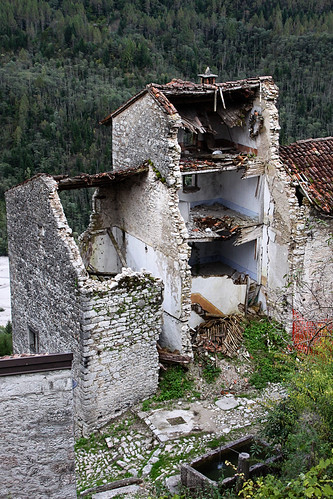 |
Though parts of the antique village of Erto have been renovated in recent years, much of it remains in ruin. |
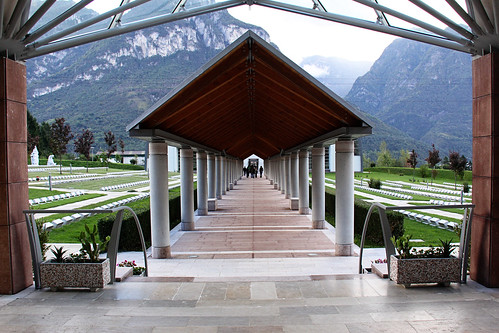 |
The memorial site at Fortogna also includes a chapel and lists of victims’ names displayed. In some cases, entire families were lost. |
 |
Roughly 700 of the 2000 deceased bodies were found, though many were not identifiable. All of those found were interred at Fortogna, which is now a memorial site. |
The same office is currently organizing a visit by this Italian author of this book. Needless to say, I have volunteered my chaperoning services for this outing. I am also selecting excerpts of the book to co-teach with my Italian colleague in order to prepare our upper-level students for the day. It'll be in the spring; I'll be sure to let you know how that goes.

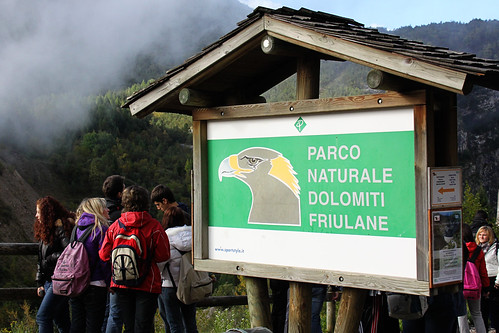
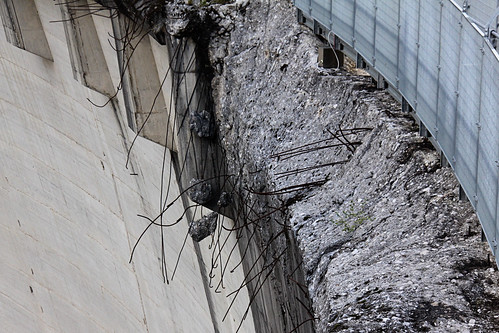
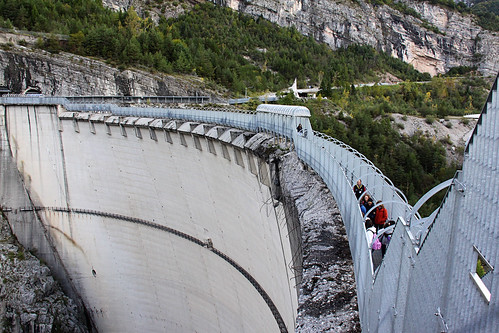
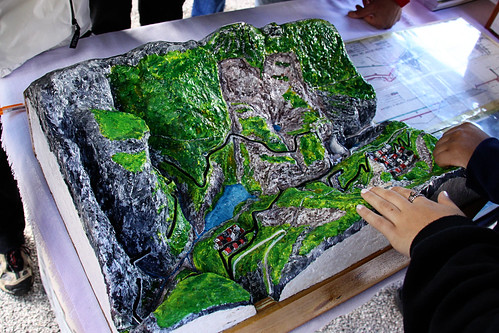

No comments:
Post a Comment